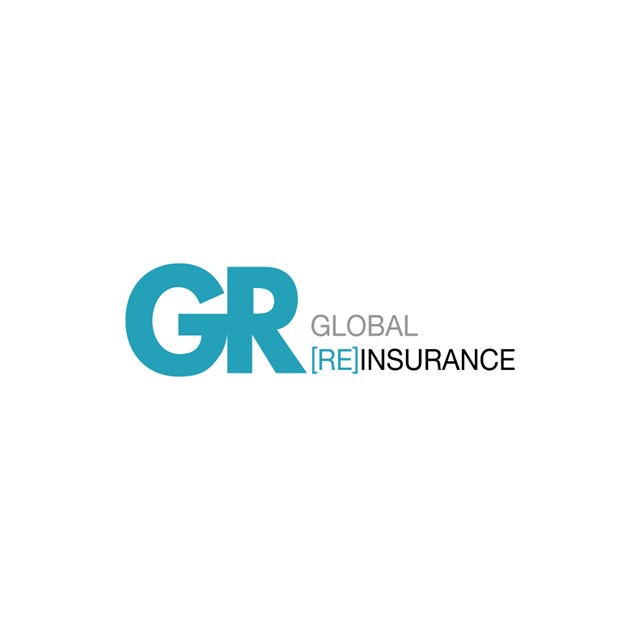Australian Insurance Industry Poised for Transformation
Seven factors are poised to transform the Australian insurance industry over the next decade.
The Australian insurance market is gradually adapting to business and social changes accelerated by the digital revolution. A recent survey of senior insurance executives in Australia reveals, in addition to digitization, seven key factors will transform the Australian insurance industry over the next decade:
- changing market dynamics
- automation
- data explosion
- greater specialization and the rise of underwriting agencies
- new insurance roles
- a move from reactive to predictive claims modeling; and
- hyper-personalization of insurance
Let’s briefly examine these topics.
Changing market dynamics: As driverless cars become more common and many manufacturers insure their products, there will be a reduction in demand for traditional consumer motor insurance brands. However, these carriers can reconfigure their approach by tapping into large volumes of complex data generated by modern motor vehicles and using that knowledge to partner with manufacturers to provide coverage for a particular motor brand with knowledge of its complete history and component value.
Automation: Tech-savvy millennials will redefine the insurance buying process with higher expectations and the need for simple interfaces. The new insurance workforce will be averse to outdated technology in an era of fast-computing, hand-held devices. The younger broker community, realizing the need for automation in the industry, will capitalize on artificial intelligence (AI) and machine learning (ML) to drive customer satisfaction. That emphasis on automation will likely reduce the cost of claims processing and improve profit margins.
Data explosion: Insurers will need to establish sophisticated platforms to process data sourced and stored in smart devices. As more people attach their personal information to online platforms, insurers will leverage that information to evaluate risk better and process claims faster. Smart devices enabled by the internet of things (IoT) will connect and monitor entire households, and digital intelligence will allow devices and appliances to communicate in real-time. Databases will enable insurers to leverage historical data, thereby improving risk pricing.
Greater specialization: Underwriting agencies will create niche specializations in the insurance industry’s business model. Currently, underwriting agencies provide value to both brokers and consumers. Australia’s Underwriting Agencies Council estimates gross written premiums (GWP) by agencies at $3.5 billion. It anticipates that the agency business will grow as they can take on risks insurance carriers cannot. Thus, specialty insurance agencies are on the rise across motor, cyber, SME, antiques, and other lines of business.
New insurance roles: Technology is reengineering roles across the insurance industry. By utilizing technology, assessors and loss adjustors will be able to assess claims virtually, and general claims will be managed remotely via digital images from smartphones and drones. New roles centered around data will require specialists for risk analysis, collection, and reporting. Insurers will also use data to power apps that can assess property risk.
Predictive claims modeling: Data enables insurers to move towards predictive claims modeling, helping customers avoid problems. For example, modern buildings use new materials that are cheaper and easier to install than before, but those materials are responsible for 25 percent of all property claims. Insurers can use that information to recommend different materials to help in risk avoidance.
Hyper-personalization: Hyper-personalization in insurance can enhance customer experience. It is a key reason why insurers are increasingly buying data companies. Leveraging data from various sources, including customer, historical loss, and third-party data, insurers can customize their offerings to provide policyholders the best coverage with the most optimal premium while ensuring superior risk management and profitability. Beyond insurance, hyper-personalization enables insurers to become trusted partners to consumers and businesses by proactively approaching insured customers and advising them of actions they can take to reduce their insured risk.
The Road Ahead
Greater cooperation between insurers and government agencies is required to determine what emerging risks will look like and how Australia can prepare for them. The Insurance Council of Australia is working to understand how the insurance industry can handle future risks more proactively, and insurers are being gently nudged to review and update policy language as risks evolve.


